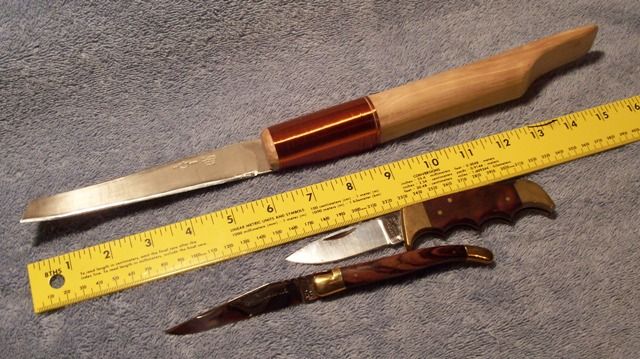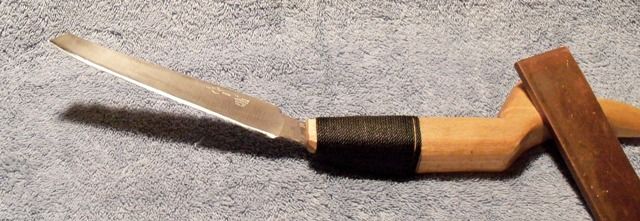I've had a bit of a mishap, a digital one, managed to get most of what I'd lost back but one thing eludes me. There was a site with a downloadable book all about the Mocotaugan carving knife, it's history, usage and the making of; the site is no longer up and I've had no luck searching for the book elsewhere.
There's a good chance that somebody in our midst has it and could point it towards me. Obscure-ish things like this often turn up trumps here, so here's hoping!
There's a good chance that somebody in our midst has it and could point it towards me. Obscure-ish things like this often turn up trumps here, so here's hoping!






